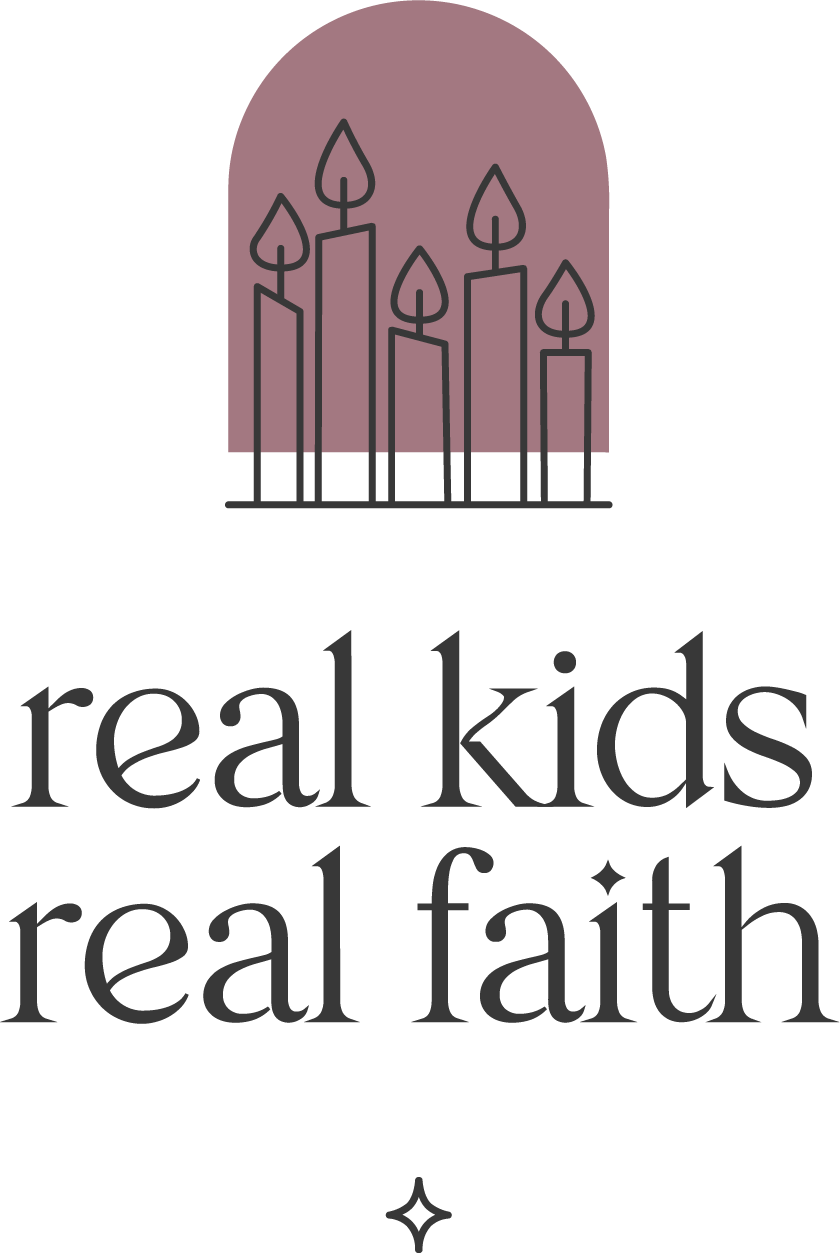For some neurodivergent children, not knowing what to expect when visiting others outside the family home can be extremely distressing. They may refuse invitations from their peers and resist family gatherings. Staying home may feel preferable to the discomfort and fear that interacting with others in less familiar spaces.
Studies show that social stories can help prepare a child to navigate these experiences. These stories use four different kinds of statements to reset expectations and guide behavior. Descriptive sentences state the scenario and specific things that happen (e.g., “I ride the bus to school”). Perspective statements describe how the child experiences the scenario (e.g., “Sometimes I get upset when I ride the bus because it is loud and crowded”). Coaching statements suggest possible responses to unpleasant feelings (e.g., “I can put on my headphones and listen to music when I feel upset on the bus”). Affirmative sentences highlight the positive effects of responding to a challenge (e.g., “Staying relaxed on the bus is good for me”).
Social stories thus anticipate possible scenarios and remind the child of how they want to respond. Developing a spiritual practice that utilizes a simple social story may help children prepare for a social visit by focusing on things that they can control. When they feel more prepared for a visit, they are more likely to build social connections with others.
Implementing this spiritual practice requires a bit more preparation than some others. With your child [or for your child if they are less verbal or self-aware], create a simple social story that helps them anticipate some typical interactions with others and how they might want to relate. Use the provided script to get started. Insert personalized information in the blanks to make the story fit your child and their preferences.
Here’s the script:
It’s time to go on a visit. [You can add “with (name)” to personalize the story further.]
Sometimes I get _________ when I think about going on a visit because __________.
I can do a body scan to check how my body is feeling. I’m going to do that now.
We’re on our way. When I see my friend [family member], I want to greet them. I do so by __________.
We start to spend time together. I want to let my friend [family member] know that I like being together. I do so by __________.
While we are together my friend [family member] does something I don’t like. I can let my friend [family member] know how I feel by __________ or __________.
I want my actions to help my friend [family member] know me better. I also want my friend [family member] to know that I care about them. I choose to do __________ because __________. [Provide coaching ideas in the blanks,]
I feel more relaxed around my friend [family member] when I share what I am thinking.
Once you have created a personalized story, read it several times with your child when they are comfortable and non-anxious. You might also add visuals to illustrate your story. Then read the story again shortly before a planned social visit.
Related Resources
- Developing Social Skills and Social Competence in Children with Autism
- How To Write A Social Story (A Step-By-Step Guide) | Life Skills Advocate
- A NeuroSpicy Movement Meditation | RKRF
- A NeuroSpicy Spiritual Practice for Easing Separations | RKRF
- A NeuroSpicy Mealtime Spiritual Practice | RKRF
- A NeuroSpicy Stimming Spiritual Practice | RKRF

Comments